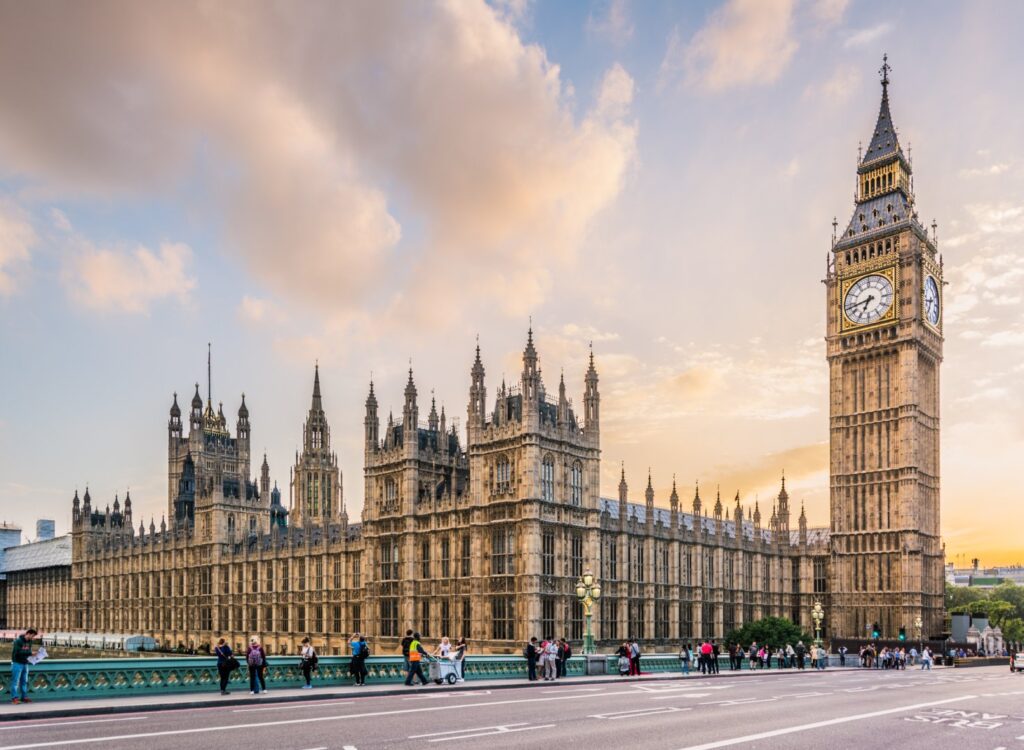
Have You Ever Wondered Who Actually Buys the UK’s Debt?
The UK government borrows money to fund public services, infrastructure projects, and economic initiatives. But who actually buys this debt, and why? Understanding the role of investors in UK debt is essential to grasping how government borrowing works and its impact on the economy.
From pension funds to foreign governments, a diverse range of buyers invest in UK debt. But what motivates them, and how does it all fit into the bigger economic picture? Let’s break it down in detail.
Why Does the UK Government Borrow Money?
The UK government relies on borrowing to bridge financial gaps when tax revenues do not cover public spending. While taxation is the primary source of income, it isn’t always sufficient to meet the country’s needs. Borrowing allows the government to maintain essential services without immediately increasing taxes or cutting public expenditure.
Government borrowing is mainly used for:
- Funding major infrastructure projects such as roads, railways, hospitals, and schools
- Supporting public services including the NHS, social care, and welfare benefits
- Stabilising the economy during downturns or crises, such as the 2008 financial crash and the Covid-19 pandemic
- Managing unexpected budget shortfalls when tax revenue is lower than expected
Borrowing also plays a role in economic strategy, allowing the government to invest in growth and stability. But where does this borrowed money come from?
How Does the UK Government Borrow Money?
The government borrows money by issuing gilts, which are bonds sold to investors. These gilts act as loans from the investor to the government, with a promise of repayment plus interest over time. Gilts are attractive to investors because they are backed by the government, making them a secure investment.
There are two main types of gilts:
- Short-term gilts – These mature within a few years, offering lower interest rates but faster returns for investors.
- Long-term gilts – These mature over decades and usually come with higher interest rates to compensate for the extended investment period.
Because gilts are considered low-risk investments, they attract a wide range of buyers, both domestically and internationally.
Who Buys UK Debt?
1. Pension Funds
Pension funds invest heavily in UK gilts because they offer a stable and reliable return. Since pension schemes need to guarantee future payouts to retirees, gilts provide a secure investment that aligns with their long-term financial obligations. Pension funds use these investments to protect against inflation and ensure consistent growth.
2. Banks and Financial Institutions
Banks purchase gilts as part of their investment portfolios, using them to maintain liquidity and manage risks. UK gilts are highly liquid, meaning they can be quickly bought or sold, making them attractive to financial institutions. They also use gilts as collateral for loans and other financial transactions.
3. Insurance Companies
Insurance firms need secure investments to ensure they can pay out claims when needed. UK gilts offer a low-risk way to manage their assets while generating steady returns. Since insurance companies must hold reserves to cover potential future claims, gilts help balance their financial portfolios.
4. Investment Funds
Investment funds, including mutual funds and hedge funds, buy gilts as part of a diversified portfolio. Gilts provide stability, balancing higher-risk investments like stocks. Fund managers seek gilts to reduce exposure to market volatility while securing predictable returns.
5. Foreign Governments and Sovereign Wealth Funds
Governments and sovereign wealth funds from countries like China, Japan, and the United States often invest in UK gilts. These investments help maintain foreign currency reserves while earning a reliable return. Foreign investors view UK gilts as a safe haven, especially in times of global economic uncertainty.
6. Individual Investors
Although large financial institutions dominate the gilt market, individual investors can also buy gilts through investment platforms. They are a popular choice for those seeking a secure, long-term investment. Retail investors may use gilts as part of their retirement planning or as a low-risk alternative to stocks.
How Much Does the UK Borrow?
Government borrowing fluctuates throughout the year, depending on economic conditions and policy decisions.
Key Borrowing Figures:
- In the financial year ending March 2024, the UK government borrowed £125.1 billion.
- By December 2024, borrowing had reached £17.8 billion for that month alone, the highest December borrowing figure in four years.
- Between March and December 2024, total borrowing stood at £129.9 billion, an increase of £8.9 billion compared to the same period in 2023.
- The total national debt currently stands at approximately £2.8 trillion, which is roughly equal to the UK’s annual Gross Domestic Product (GDP).
The Impact of National Debt
Interest Payments on Debt
The UK government spends billions each year on debt interest. In December 2024, interest payments reached £8.3 billion, a sharp increase from the previous year due to rising interest rates.
When interest rates are low, managing debt is easier. However, as borrowing costs rise, more public funds go towards repayments instead of essential services. The increase in interest payments means less money available for NHS funding, education, and other critical services.
Economic Consequences
While borrowing allows the government to fund important projects, excessive debt can limit future financial flexibility. High debt levels can lead to:
- Reduced public spending on healthcare, education, and infrastructure
- Increased taxation to cover repayment costs
- Greater vulnerability to economic downturns
However, borrowing is not always negative. If used strategically, it can drive economic growth and improve public services in the long run. Historical data shows that during periods of strong economic growth, national debt as a percentage of GDP naturally declines.
How Does the Government Manage Debt?
The UK Debt Management Office (DMO) is responsible for issuing gilts, managing government borrowing, and ensuring the government can meet its financial obligations.
Key Responsibilities of the DMO:
- Selling gilts to finance public spending
- Managing the government’s cash flow
- Issuing green gilts to fund environmental projects
- Supporting local authorities with borrowing options
Recent Gilt Issuances:
- New Conventional Gilt (2035) – Launch scheduled for February 2025
- Treasury Gilt 2030 – £4.25 billion issued in January 2025
- Index-Linked Treasury Gilt 2035 – £1.5 billion sold in January 2025
The government also follows strict fiscal rules to ensure debt remains manageable. Chancellor Rachel Reeves has committed to reducing debt as a proportion of GDP within five years.
Final Thoughts
The UK government relies on borrowing to maintain public services and fund infrastructure. Investors, including pension funds, banks, and foreign governments, purchase gilts because they offer a secure and stable return.
While borrowing is necessary, managing national debt is a balancing act. Rising interest rates and economic challenges mean careful financial planning is essential to ensure the country’s long-term stability.
At We Buy Any Debts, we understand the complexities of debt management. Whether you’re looking to resolve personal or business debt, we provide expert advice and tailored solutions to help you regain financial control. Contact us today to find out how we can assist you.



